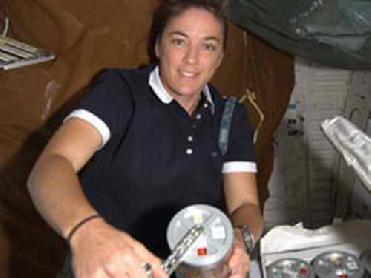
Astronaut Heidemarie M. Stefanyshyn-Piper, STS-126 mission specialist, works with the Microbe Group Activation Pack containing eight Fluid Processing Apparatuses on the middeck of space shuttle Endeavour while docked with the International Space Station. Image Credit: NASA
WASHINGTON (BNS): Experiments with Salmonella will help humans on Earth fight diseases and also keep astronauts healthy in space. New NASA research shows some of those germs, or microbes, are more infectious after spending time in “zero-gravity.”
Julie Robinson, programme scientist for the International Space Station said that this research opens up new areas for investigations that may improve food treatment, develop new therapies and vaccines to combat food poisoning in humans here on Earth, and protect astronauts in orbit from infectious disease.
NASA said that experiments with Salmonella were flown on shuttle missions to the space station in September 2006 and March 2008. “The 2006 experiment surprisingly showed that the spaceflight environment causes a short-term alteration in Salmonella virulence.
The 2008 experiment demonstrated that a change in growth media controls the virulence effect. There is no evidence that the space-grown bacteria sustain these effects long-term upon return to Earth,” NASA said.
Cheryl Nickerson, a scientist at Arizona State University’s Bio-design Institute, led a research team that investigated the importance of the microbial growth medium to gene expression and virulence during spaceflight.
The researchers said that Salmonella is a leading cause of food poisoning and related illnesses, and their unpleasant effects on the digestive systems are well documented.
According to the Centers for Disease Control, in the US alone, 1.4 million non-typhoidal Salmonella infections resulted in 168,000 people going to doctors annually from 1996–1999. Study shows, Salmonella infections caused 15,000 hospitalisations and 400 deaths in each of those years. Recently, Salmonella has been in the news as the agent responsible for infectious disease outbreaks in the US linked to contaminated food products like peanut butter that have sickened thousands of individuals and caused several fatalities.
Bacteria like Salmonella use an amazing array of techniques to outwit the human body’s defence mechanisms and cause illness. By changing their gene expression, they adapt to different environments to alter their disease-causing potential or virulence.
Although the study of factors related to microbial virulence is now well advanced, many key pieces of the puzzle still are missing.
Cheryl Nickerson’s initial findings, published in the Proceedings of the National Academy of Sciences, and her collective findings, published in the journal PLoS ONE, hold promise for new strategies to combat Salmonella food-borne infections.
These space experiments helped researchers show that a mechanical force known as “fluid shear,” which is the motion of fluid that cells sense as they pass over a surface, could have a dramatic effect on Salmonella's disease-causing potential. Lower fluid shear conditions, it turns out, are found both in microgravity and in our intestines. The bacteria cultured in space are more virulent, and Nickerson’s work showed that by modifying the medium in which the cells are grown, the virulence could be reduced or turned off.
In other words, space travel may trick the bacteria into behaving as though they were in the low fluid shear environment of the intestine, essentially turning on a switch inside the microbe that increases virulence. Changing the chemistry of the medium in which the bacteria are cultured reverses this effect.
This research opens up new opportunities to improve food treatment methods, develop new therapies and vaccines to combat food poisoning in humans here on Earth, and help better protect astronauts in space from infectious disease.
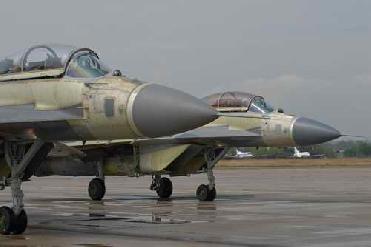 Previous Article
Previous Article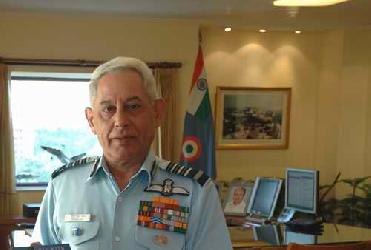 Next Article
Next Article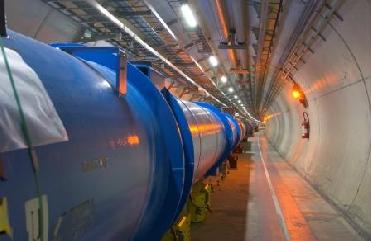
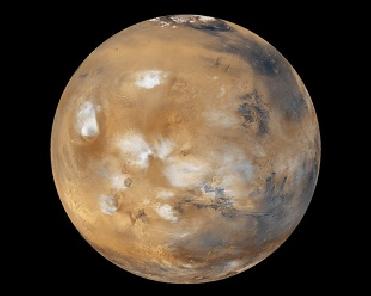











The Indian Air Force, in its flight trials evaluation report submitted before the Defence Ministry l..
view articleAn insight into the Medium Multi-Role Combat Aircraft competition...
view articleSky enthusiasts can now spot the International Space Station (ISS) commanded by Indian-American astr..
view article